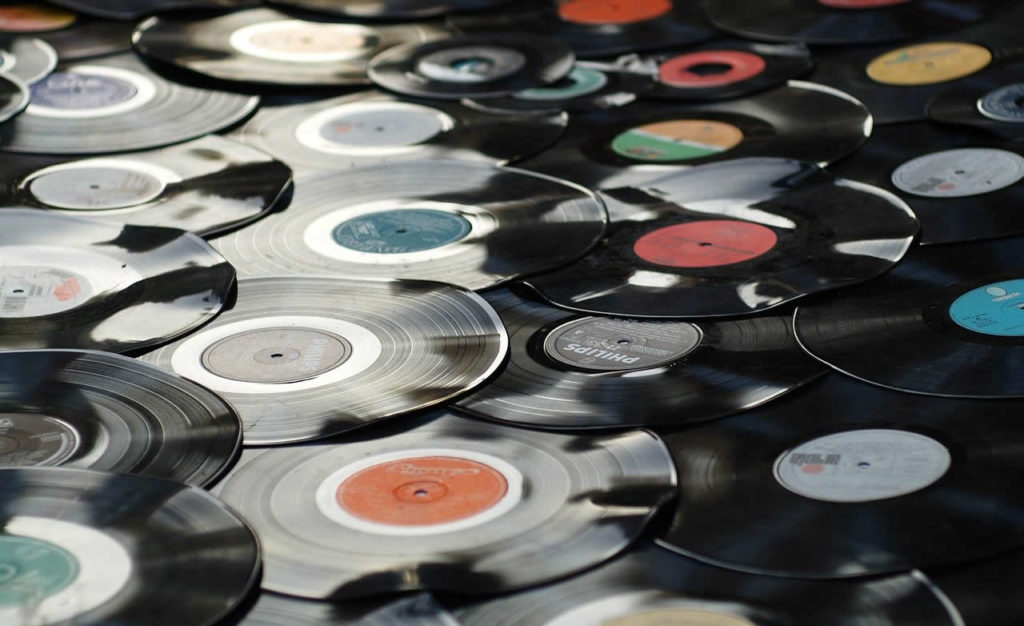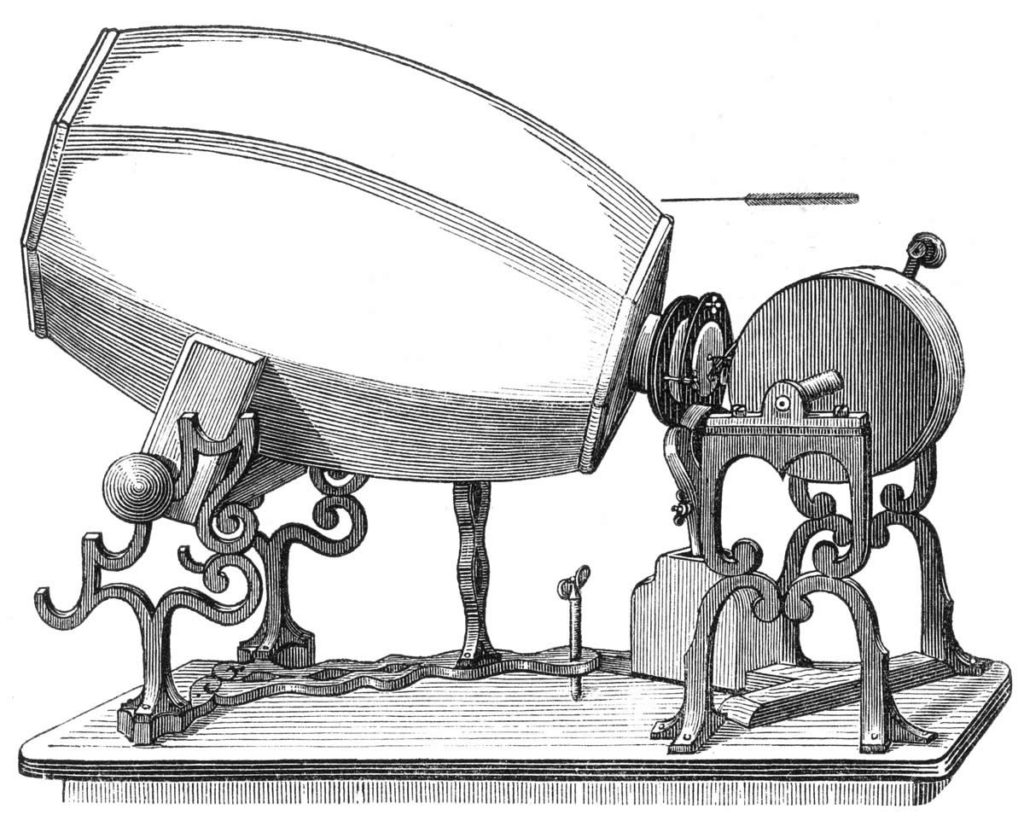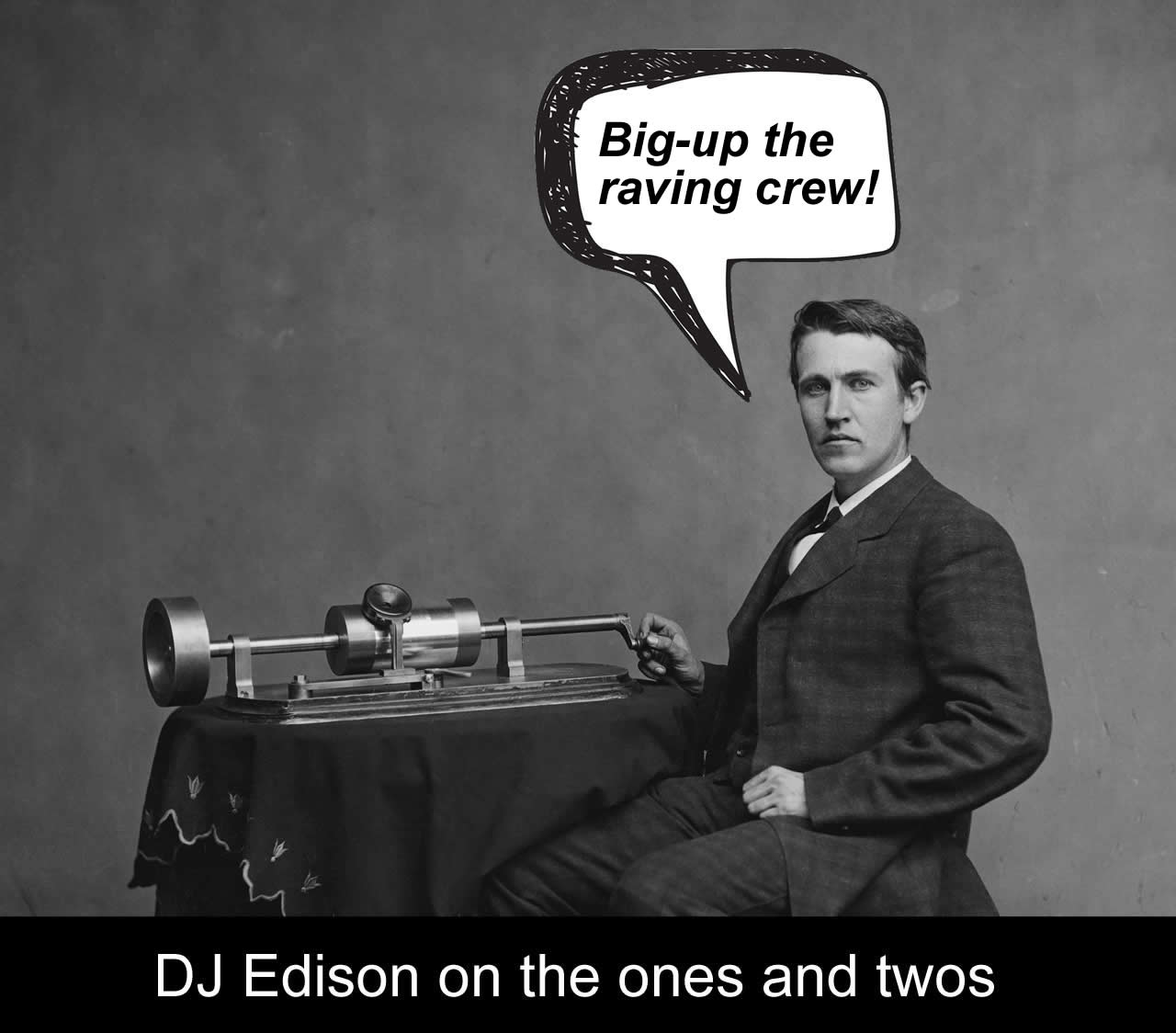If you’re a vinyl purist and want a brief insight into its history and who invented it, this post is strictly for you.
BUT FIRST…WHAT IS VINYL?
We’ve all heard of vinyl in one form or another and it surrounds us in our everyday lives. If you’ve never thought about it, common uses for vinyl are:
- PVC window frames (uPVC)
- Plumbing pipes including guttering external downpipes
- Vinyl walls and flooring
- Sewage and irrigation pipes
- Vinyl fencing, fence posts, railing, and decking
- Insulation for electrical wires
- Vinyl car wraps
- Liners for landfill
- Vinyl records (of course!)
Although we rarely think about it, this versatile substance that surrounds us has a broad spectrum of uses in our everyday lives without us ever really stopping to consider anything about it, but what’s it made from?
CHEMISTRY FIRST
First, stop yawning, take your feet off the desk and pay attention in class!
“In chemistry, vinyl or ethenyl (abbreviated as Vi) is the functional group with the formula −CH=CH2. It is the ethylene (IUPAC ethene) molecule (H2C=CH2) less one hydrogen atom. The name is also used for any compound containing that group, namely R−CH=CH2 where R is any other group of atoms.”
OK, although accurate, that was really, really boring and quite frankly, who cares! In short, the excerpt is telling us that vinyl comes in many forms but there are different types of the stuff.
Although it’s kinda like that evil stuff plastic insofar as it’s man-made and doesn’t occur naturally, the black disc spinning on your Technics turntable differs somewhat in its makeup. In essence, the two main components of vinyl are:
- Ethylene (similar to petroleum from crude oil)
- Chlorine (everyday salt)
So you could say that your vinyl record is a concoction of petrol and seawater and when these two are cleverly combined, they morph into Polyvinyl Chloride, otherwise known as PVC or vinyl. Basically, your vinyl record is PVC, although saying “I think I’m gonna spin some PVC” doesn’t exactly sound right, does it?
WHO INVENTED PVC?
We won’t bore you any longer; you can find the answer here if you’re so inclined. This is all about who invented the vinyl record, rather than a history dissertation.

PETER CARL GOLDMARK – THE INVENTOR & GRANDADDY OF THE VINYL RECORD
Yep, it was that famous fella you’ve never heard of, Peter Goldmark, who takes the prize as the inventor of the vinyl record you’re familiar with today. Born in 1906, Goldmark ended up working at Columbia Records as an engineer and was the key developer of the 33 1/3 rpm LP record. Prior to this (old gramophone) records were typically made from shellac, which comes from the secretion of a tree-dwelling bug found in Thailand and India.
In 1948, the LP record burst onto the scene when the soon-to-be president of Columbia Records Goddard Lieberson introduced it to the market. Of course, the new, durable and longer-playing vinyl material was a huge success and the rest, as they say, is history.
EARLIER HISTORY – A QUICK TRIP DOWN MEMORY LANE

Prior to this, there was an ongoing battle for the music market. Firstly, the phonautograph was patented by Léon Scott in 1857, who used a vibrating diaphragm and stylus to record sound on sheets of paper so he could see what sound actually looked like. In 2008, modern-day engineers converted some of his paper graphs into actual sound, which are now thought to be the earliest known recordings of sound.
Shortly after this in 1877, Thomas Edison invented the phonograph which, unlike the phonautograph, could both record and play sound and was cylindrical in shape. This was later superseded by the ‘gramophone record’, a round disc created by Emile Berliner, who named his system the “gramophone”, distinguishing it from Edison’s wax cylinder “phonograph”. The problem with Berliner’s discs was that it was hand-propelled, only lasted a couple of minutes and the sound quality was, to say the least, pretty damned awful.
SUMMARY
Although things continued to evolve over subsequent years and the playing time continued to increase, it wasn’t until Peter Carl Goldmark broke new ground with his 33 1/3 vinyl record that things took a quantum leap forward…. Cheers Peter!
Lead image of DJ Edison on the wheels of steel – Original by Levin C. Handy (per http://hdl.loc.gov/loc.pnp/cwpbh.04326) – The original image is available from the United States Library of Congress‘s Prints and Photographs division under the digital ID cwpbh.04044. Public Domain, Link

